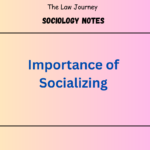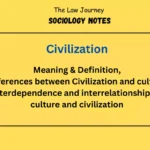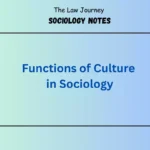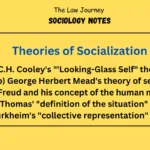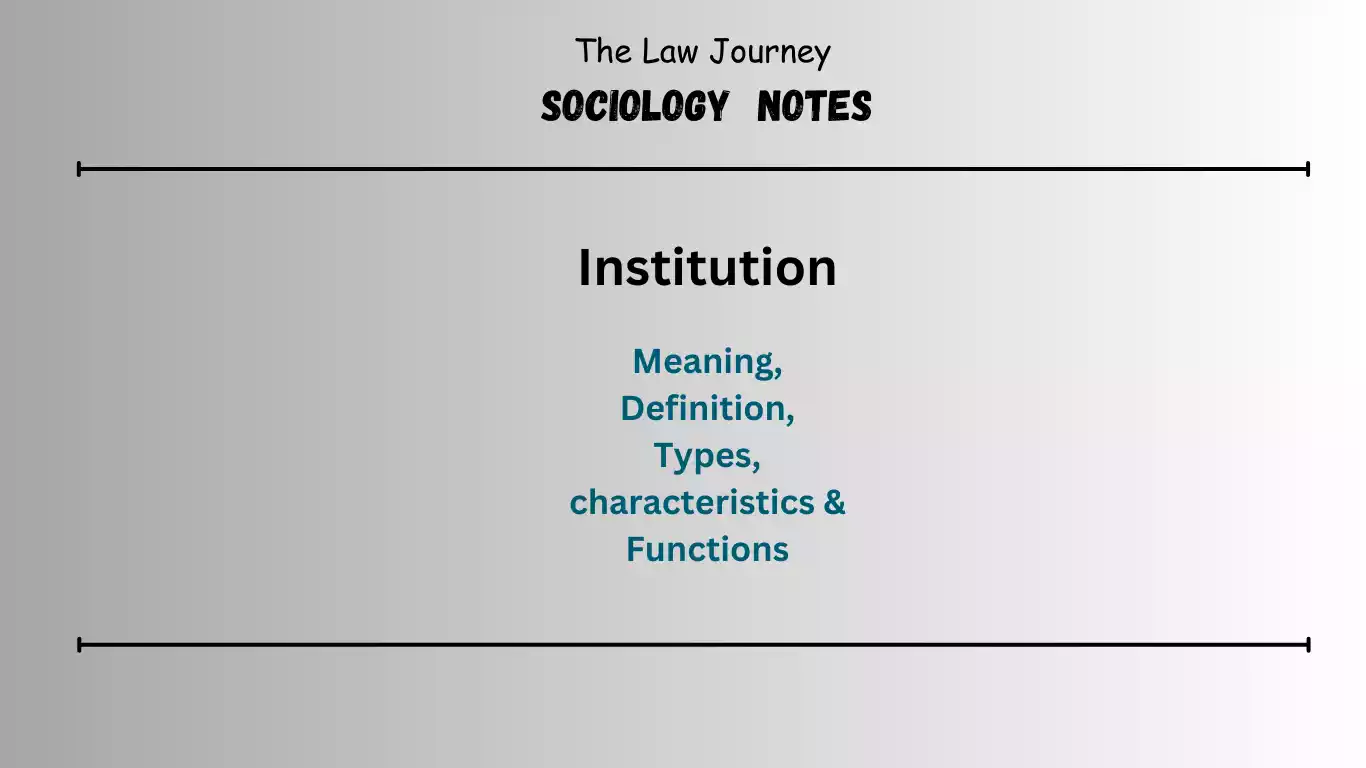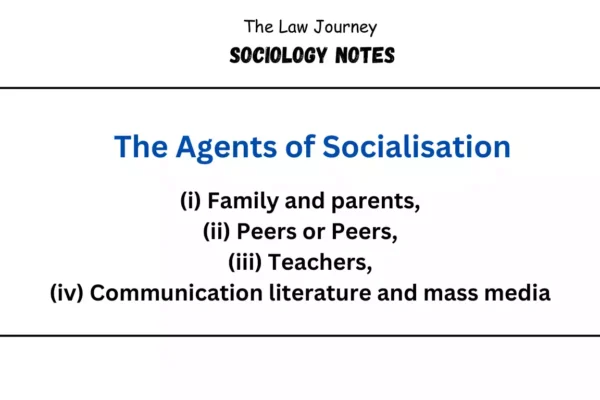
The Agents of Socialisation | Agents of Socialization pdf
The Agents of Socialisation – Personalities is not born from the beginning. They are formed or shaped through the process of socialization. The socialization process is effective not only during childhood but throughout life. It begins at birth and continues until the individual dies. It’s a never-ending process. From a social perspective, children are evaluated…







